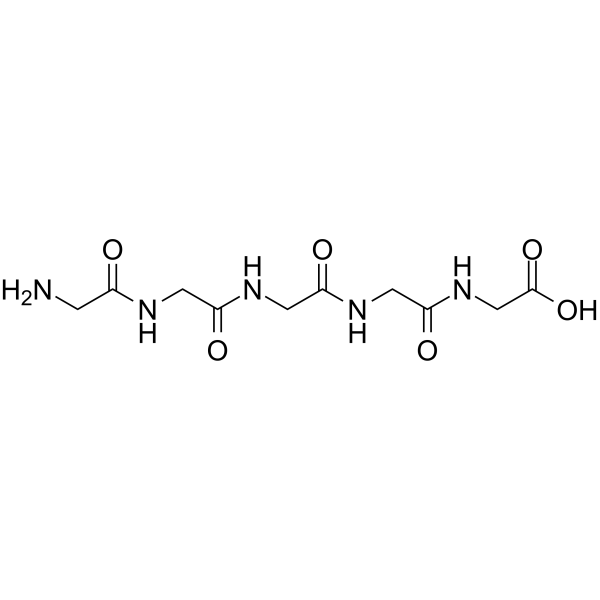Modeling the electrophoresis of oligoglycines.
Stuart A Allison, Hongxia Pei, Umar Twahir, Hengfu Wu, Herve Cottet
Index: J. Sep. Sci. 33 , 2430-2438, (2010)
Full Text: HTML
Abstract
The electrophoretic mobility of low molecular mass oligoglycines is examined in this study using a "coarse-grained" bead modeling methodology [Pei, H., Allison, S. A., J. Chromatogr. A 2009, 1216, 1908-1916]. The advantage of focusing on these peptides is that their charge state is well known [Plasson, R., Cottet, H., Anal. Chem. 2006, 78, 5394-5402] and extensive electrophoretic mobility data are also available in different buffers [Survay, M. A., Goodall, D. M., Wren, S. A. C., Rowe, R. C., J. Chromatogr. A 1996, 741, 99-113] and over a broad range of temperatures [Plasson, R., Cottet, H., Anal Chem. 2005, 77, 6047-6054]. Except for assumptions about peptide secondary structure, the B model has no adjustable parameters. It is concluded that the oligoglycines adopt a random configuration at high temperature (50 degrees C and higher), but more compact conformations at lower temperature. It is proposed that triglycine through pentaglycine adopt compact cyclic structures at low temperature (up to about 25 degrees C) in aqueous solution. At 25 degrees C, buffer interactions are also examined and may or may not influence peptide conformation depending on the buffer species. In a borate buffer at high pH, the mobility data are consistent with complex formation between the oligoglycine and borate anion.
Related Compounds
| Structure | Name/CAS No. | Molecular Formula | Articles |
|---|---|---|---|
 |
Gly-Gly-Gly-Gly-Gly-OH
CAS:7093-67-6 |
C10H17N5O6 |
|
Peptidoglycan crosslinking relaxation plays an important rol...
2011-01-01 [PLoS ONE 6 , e17054, (2011)] |
|
Site-specific tetrameric streptavidin-protein conjugation us...
2011-03-10 [J. Biotechnol. 152 , 37-42, (2011)] |
|
[Mode of action of microbial anti-MRSA agents].
2012-01-01 [Yakugaku Zasshi 132 , 37-44, (2012)] |
|
Carnosine retards tumor growth in vivo in an NIH3T3-HER2/neu...
2010-01-01 [Mol. Cancer 9 , 2, (2010)] |
|
The Staphylococcus aureus peptidoglycan protects mice agains...
2011-01-01 [PLoS ONE 6 , e28377, (2011)] |